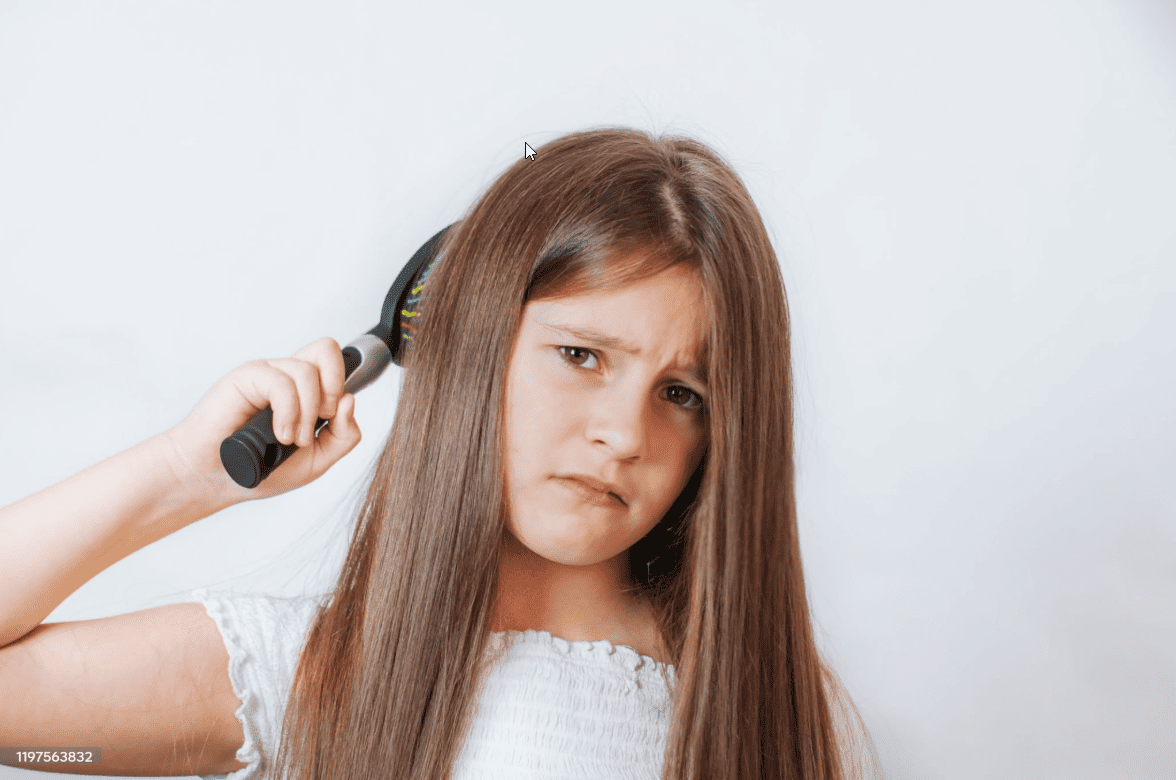Misleading Product Claims in Head Lice Management
Throughout the years, several products have been marketed as new or exclusive solutions for eliminating head lice. Some of these treatments have been promoted at high prices without sufficient scientific evidence to confirm their effectiveness or safety. In one documented case, a treatment was described as an “experimental” formula designed to suffocate lice, yet later found to contain ingredients similar to ordinary skin cleansers available at a fraction of the cost. The incident illustrates how unverified claims can mislead families seeking quick results.
The Importance of Scientific Verification
Head lice management requires careful evaluation of any treatment before use. Publishing or promoting methods without independent testing can lead to confusion among health professionals and the public. Reliable studies should include controlled research, safety assessments, and peer review before conclusions are shared. Using or endorsing untested treatments can unintentionally give credibility to ineffective or unsafe products.
Safe and Evidence-Based Approaches
Suffocation methods, such as using oils to block the lice’s air passages, have been studied as alternatives to chemical pesticides. However, the effectiveness of these approaches depends on the exact protocol used, including application time and removal process. In any suffocation-based method, it is important to recognize that any substance left on the scalp for long periods may be absorbed through the skin. Therefore, only food-grade and dermatologically safe materials should be used.
Olive oil is often cited as a safer option for this purpose when compared to chemical pesticides, as it is non-toxic and widely used in skin and hair care. Research has identified beneficial components in olive oil, such as antioxidants and fatty acids, that support scalp health. Regardless of the chosen approach, treatments should be applied carefully and monitored for any skin irritation or adverse effects.
Understanding Chemical Absorption and Safety
Certain chemical lice treatments can be absorbed through the skin. For example, research has shown that small amounts of some pesticide-based products can enter the body during use. Reported health risks from such exposure include irritation, allergic reactions, or other long-term effects depending on the substance. Families should always check the active ingredients and consult healthcare professionals before applying any chemical product.
Informed Decision-Making
The best protection against misinformation is awareness and education. Families can avoid unverified treatments by consulting reliable medical sources, reviewing safety information, and discussing concerns with healthcare providers. Understanding how head lice treatments work and which ingredients are safe helps prevent unnecessary risks.
Making informed choices ensures that efforts to manage head lice remain both safe and effective.
